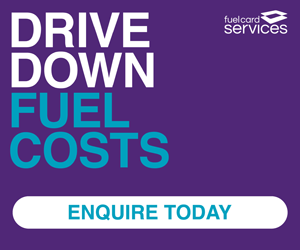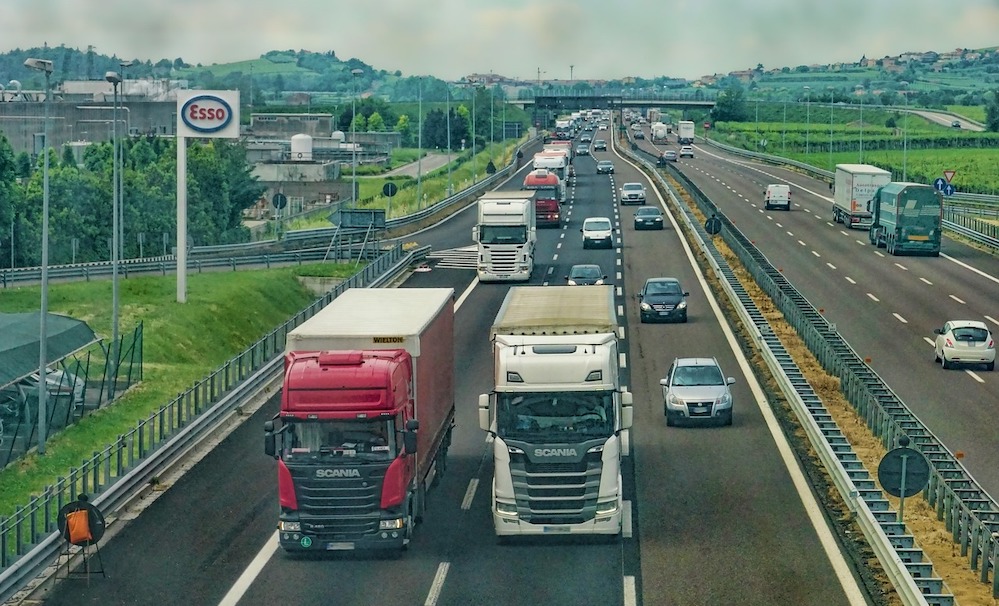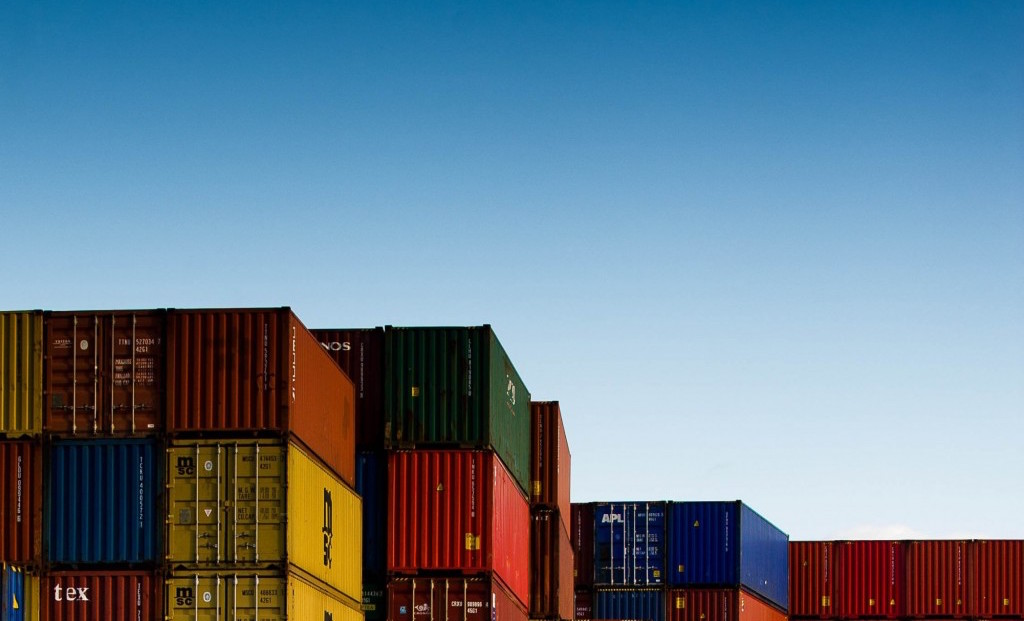In the post-pandemic world, the logistics industry faces mounting pressure to optimise efficiency and maximise productivity. As the demand for timely delivery of goods continues to rise, logistics providers must explore innovative solutions to keep up with the evolving needs of their clients.
An area that holds tremendous potential for transforming the landscape is automation. By harnessing the power of automated processes and cutting-edge technologies, haulage businesses can unlock numerous advantages, ranging from enhanced operational efficiency to cost savings and improved customer satisfaction.
The benefits of automation in logistics
Automation streamlines various logistics processes, reducing human error and improving overall efficiency. Automating tasks such as order processing and shipment tracking allows haulage companies to minimise delays, optimise resource allocation, and ensure smooth operations.
Manual and repetitive tasks can also be automated, freeing up human resources to focus on more complex and strategic activities. This allows employees to utilise their skills and expertise effectively, resulting in increased productivity and improved decision-making.
Moreover, businesses can save on operational costs through processes optimisation, reducing manual labour and eliminating errors. Automation also enables better resource utilisation, minimising wastage and unnecessary expenses.
Whether handling a sudden surge in orders or accommodating changes in customer requirements, an automated system provides the scalability and flexibility required to meet evolving demands efficiently. This agility allows haulage companies to respond effectively to market dynamics and stay competitive.
Automation methods you can consider
There are several innovative technologies and methods that can enhance efficiency and productivity in transport vehicles and warehouses. Here are some examples.
- Automated/self-driving vehicles: Self-driving vehicles are an emerging technology that has the potential to revolutionise the transport industry. These automobiles can navigate autonomously, minimising the need for human drivers and offering benefits such as improved safety, optimised fuel consumption and increased productivity.
- Vehicle-specific equipment: Transport vehicles can incorporate specialised equipment to automate specific tasks. For example, conveyor systems installed in trucks can facilitate efficient sorting, loading and unloading of goods. They can be combined with tail lifts. This equipment simplifies the process, reducing manual effort and improving operational efficiency.
- Fleet management and shift assignment technologies: Fleet management systems can optimise routes, monitor vehicle performance and provide real-time tracking, leading to better utilisation of resources and increased operational results. Automated shift assignment systems streamline workforce scheduling and allocation, ensuring optimal staffing levels and minimising administrative overhead.
- Conveyor systems: Conveyors play a crucial role in automating material handling tasks, including sorting, loading and unloading. By prioritising conveyor maintenance, warehouses can proactively identify and address potential issues, thereby reducing production bottlenecks and maximising the efficiency of their systems and processes.
- Autonomous Mobile Robot Systems: Autonomous Mobile Robots (AMRs) are increasingly being used in warehouses to lift and transport packages. These robots can navigate the warehouse environment safely, pick up items from designated locations, and transport them to desired destinations. AMRs enhance productivity through the automation of repetitive tasks, reducing human effort and enabling faster order fulfilment.
- Drones: In warehouses, drones can be used for inventory management, stocktaking and surveillance. They offer the advantage of accessing hard-to-reach areas and significantly expedite processes. Additionally, drones can be deployed for efficient and rapid delivery of packages to specific locations.
- Automated Guided Vehicles (AGVs): AGVs are robotic vehicles that follow predefined routes within a warehouse or distribution centre. They can transport goods, supplies and equipment, reducing manual handling and improving inventory tracking. AGVs contribute to increased efficiency, reduced errors, and enhanced safety.
- Pick-to-light systems: These devices utilise displays and indicators to direct employees to the correct locations, eliminating paper-based instructions and reducing mistakes.
- Automated inventory management systems: These programs use barcode scanning, RFID (Radio Frequency Identification) and IoT (Internet of Things) sensors to track inventory levels in real-time. They automatically update inventory records, trigger reorder notifications, and ensure accurate stock management.
- Route optimisation and planning software: These solutions use advanced algorithms and real-time data to optimise delivery routes, considering traffic conditions, delivery time windows, vehicle capacity and fuel efficiency.
By embracing automation, haulage companies can streamline their operations, realise cost efficiencies, boost productivity and enhance overall customer satisfaction. It is a strategic move that positions businesses at the forefront of the industry, ready to meet the evolving demands of a challenging logistics landscape.







